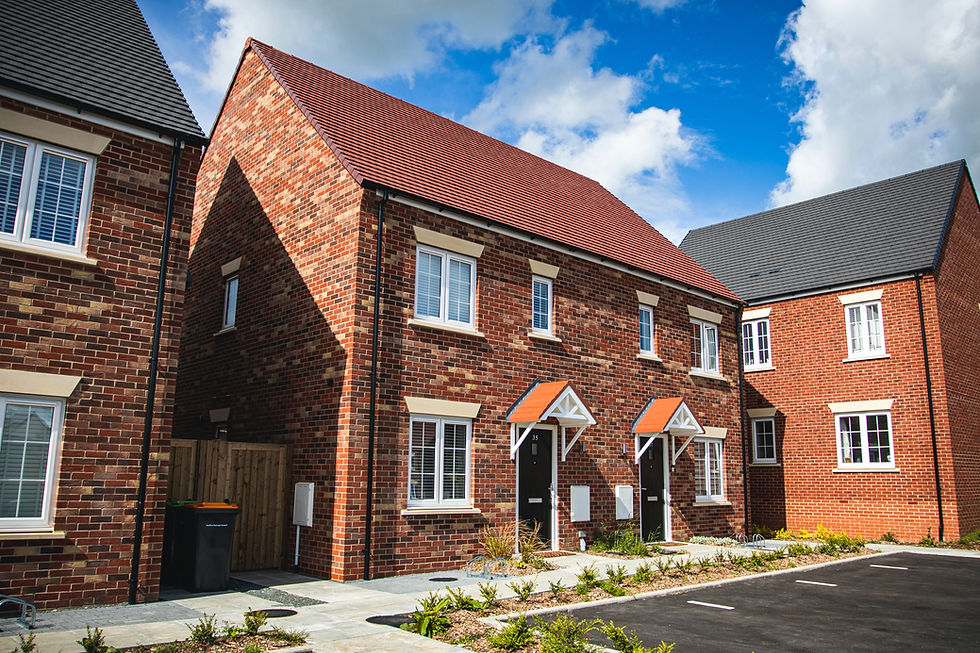China's Economic Slowdown: A Ripple Effect on the Global Economy
- Connor Banks

- Aug 12, 2024
- 2 min read
China, once the world’s economic powerhouse, is now facing a significant slowdown with profound implications for the global economy. This deceleration, driven by a combination of internal structural issues and external pressures, is causing concern among economists and business leaders worldwide.

The Roots of the Slowdown
The decline of China’s once-thriving property sector is a major factor in this economic downturn. The real estate market, which used to contribute as much as 25% to the country’s GDP, has seen a sharp decline due to a combination of oversupply, falling prices, and mounting debt. As property developers struggle, the effects are being felt across the economy, from construction firms to local governments that relied heavily on land sales for revenue.
Adding to the woes, China’s shift towards “high-quality growth”—a strategy focused on innovation and advanced productivity—has been slower and more challenging than anticipated. While sectors such as electric vehicles and green technology hold promise, the transition has been hampered by geopolitical tensions and supply chain disruptions. These challenges have slowed the expected economic transformation, leaving the country in a precarious position.
Global Economy Impact: A Chain Reaction
China’s economic slowdown is not just a domestic issue; it has significant global repercussions. As the second-largest economy in the world, China’s reduced demand for commodities is already affecting global prices. Countries such as Australia, which relies heavily on iron ore exports to China, are feeling the pinch as demand weakens. Similarly, Germany, a major exporter of industrial machinery to China, is witnessing a slowdown in its manufacturing sector.
Emerging markets, many of which have deep economic ties with China, are also vulnerable. Reduced Chinese investment and trade could lead to slower growth in these regions, exacerbating economic challenges and potentially leading to financial instability. Countries that have borrowed heavily from China, particularly under the Belt and Road Initiative, may face increased pressure to service their debts as China’s own economy tightens.
Financial Markets and Global Growth
The slowdown in China is causing ripples in global financial markets. Investors, wary of the potential for a more severe downturn, are pulling back from assets tied to Chinese growth. This has led to increased volatility in global markets, particularly in sectors heavily dependent on Chinese demand, such as commodities and technology.
Moreover, China’s reduced growth is likely to drag down global economic expansion. Even at lower growth rates, China’s contribution to global GDP is significant. A continued slowdown could therefore result in lower global growth, affecting employment, government revenues, and overall economic stability worldwide.
The Road Ahead
While China’s economic challenges are significant, they are not insurmountable. However, addressing them will require careful management of both domestic policies and international relations. The Chinese government faces the difficult task of rebalancing the economy away from property-driven growth towards more sustainable sectors, all while managing growing geopolitical tensions with major economic powers such as the United States and Europe.
For the global economy, China’s slowdown serves as a reminder of the interconnectedness of our world. What happens in Beijing and Shanghai has far-reaching effects, influencing everything from commodity prices in Australia to investment decisions on Wall Street. As China navigates this challenging period, the world will be watching closely, hoping that the country can steer its economy back to a stable and sustainable growth path.






